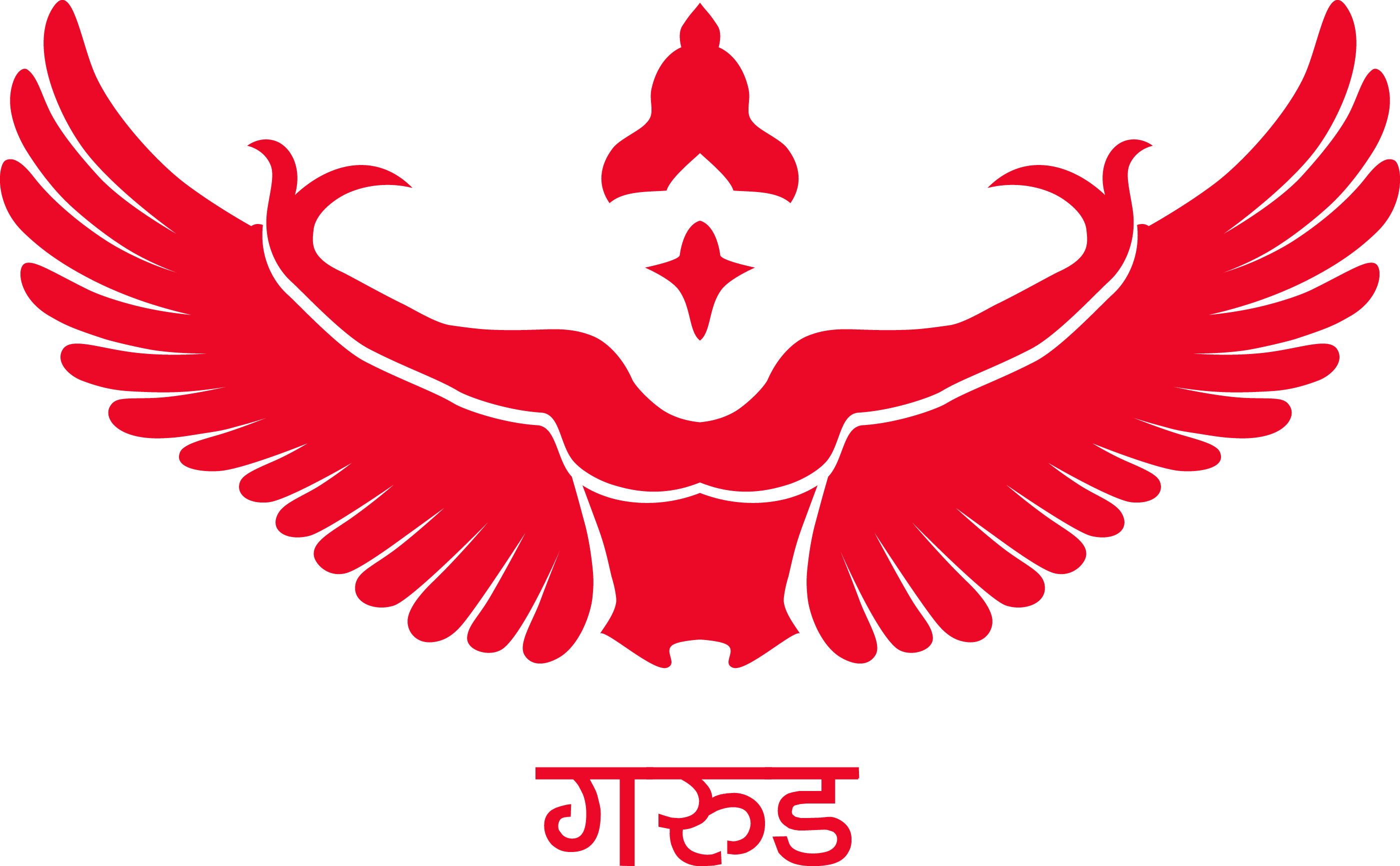
More Information
| ISBN 13 | 9788185616353 |
| Book Language | English |
| Binding | Hardcover |
| Author | K. K. Tripathi |
| Editor | 2002 |
| Category | Books |
| Weight | 820.00 g |
Frequently Bought Together

This Item: Archaeology of Vidisa (Dasarna) Region
₹2,072.00
Sold by: Swadhyayam
ADD TO CART



This Item: Archaeology of Vidisa (Dasarna) Region
Sold By: Swadhyayam
₹2,072.00
Total Price : ₹2,072.00
Product Details
The present book deals with the archaeology and cultural history of the Betwa Valley. The region occupies an important place in India from the historical and cultural point of view. The ancient town of Vidisha situated on the confluence of the rivers BES and BETWA, was important not only in the Prehistoric Period but also in the subsequent history, where it acquired the status of legend. In the Proto-Historic (Chalcolithic) times, the present Malwa, particularly its eastern and south-eastern parts made a more rapid development, far Malwa including Vidisha-Besnagar region were on the direct route on which were located the developed ancient towns like Ahar, Kalibangan, Lothal, Ropar and still further, Harappa, the chief centre of a great chalcolithic civilization. Vidisha counted among the well-known cities of ancient India, was the capital of Dasharna or Akara, i.e. Eastern Malwa. During the mythological and classical age, Vidisha was referred to as Janapada. In Sanskrit literature, Eastern Malwa (including the Vidisha region) was referred to as 'Akara', that rose to a great height of cultural superiority in the Buddhist and the subsequent period. The brightest era, of course, lasted from Ashoka's reign to the Imperial Guptas. The socio-religious life, fine arts (paintings), language, classical music and dance, literature and the economic life of the people of Vidisha was quite sound and the people of Vidisha enjoyed the prosperous and cultural life for quite a long period like Ujjayini, Mathura and Kaushambi etc. The various archaeological sites and cultural centres in and adjoining the Vidisha region has largely contributed for the unhampered cultural growth from the Proto-Historic times to the Paramara Period. This is attested to by the discovery of numerous antiquities recovered from the various sites. The ancient literary evidences and the available source-material also support to the statements that Vidisha region represented one of the chief centres in the country, where religious and cultural integration was fructified.




















